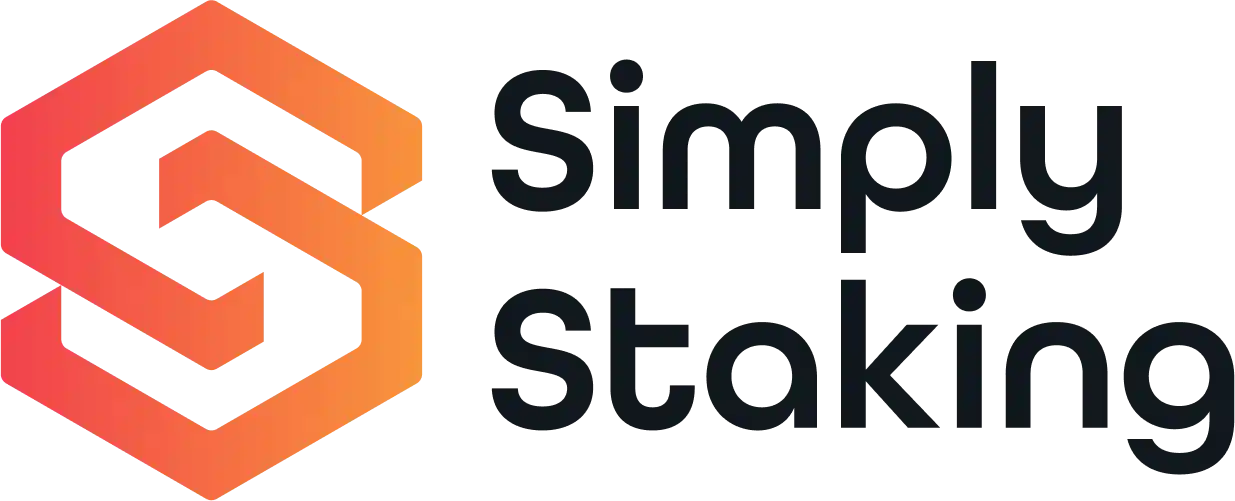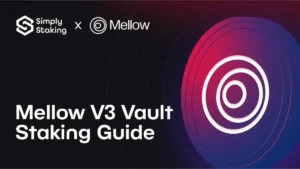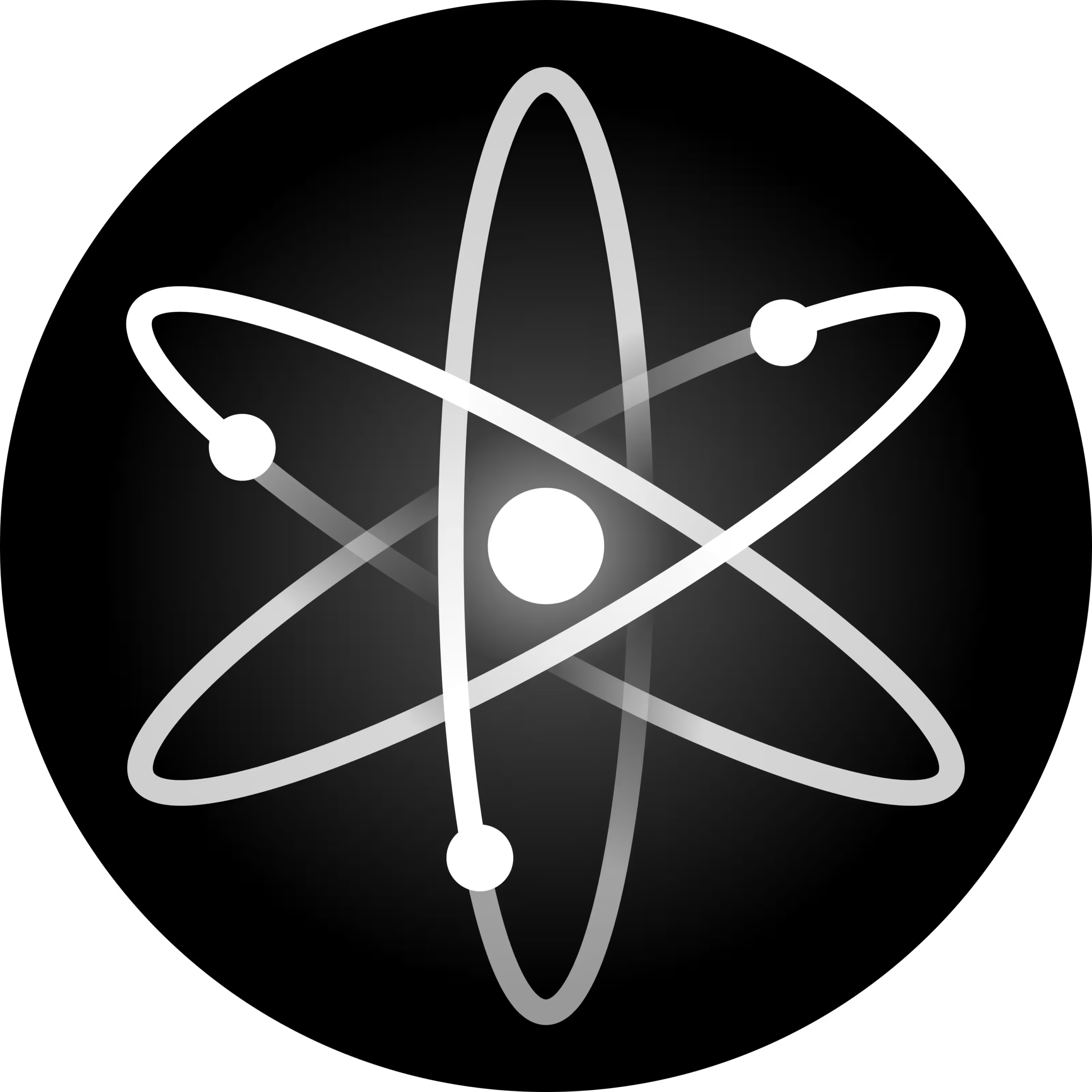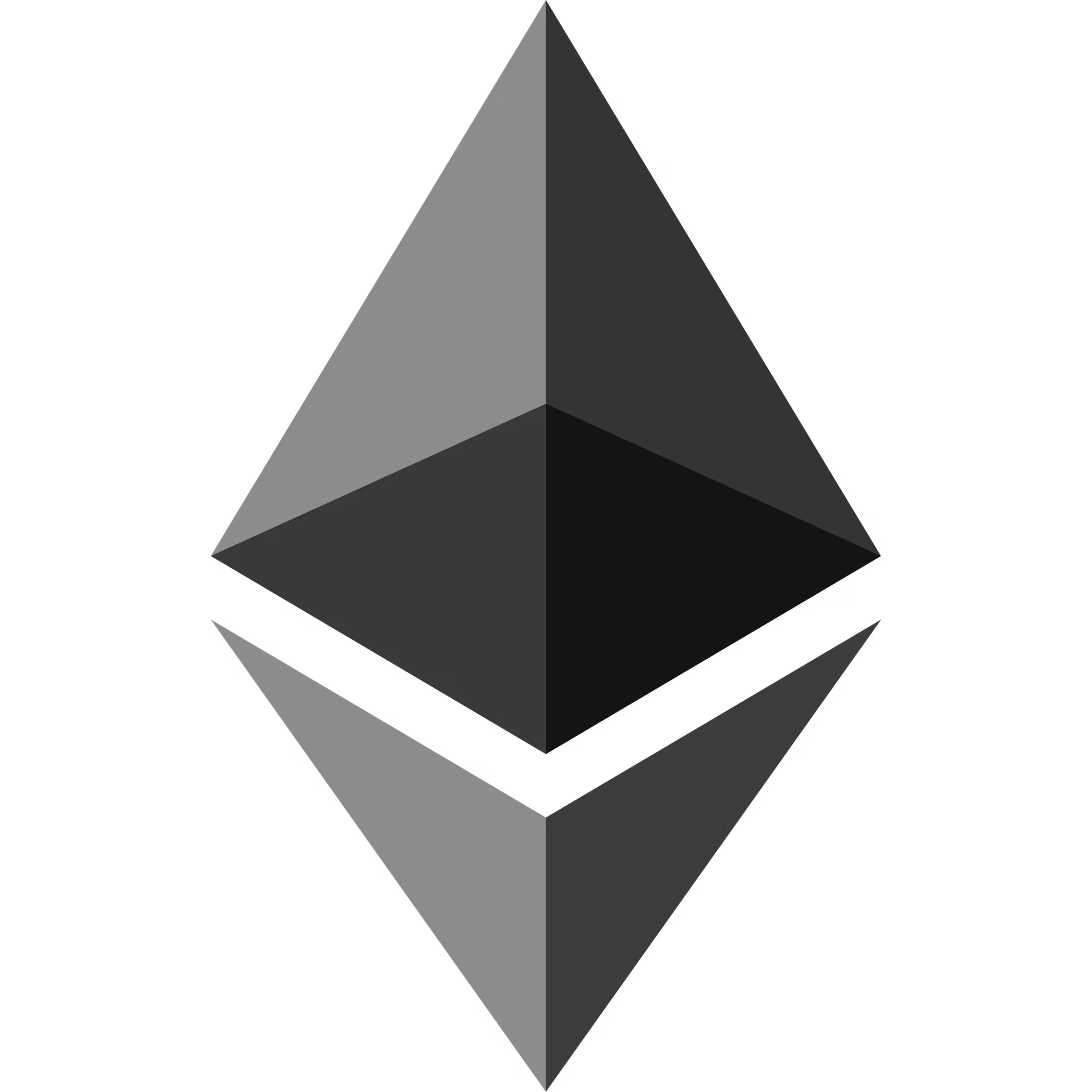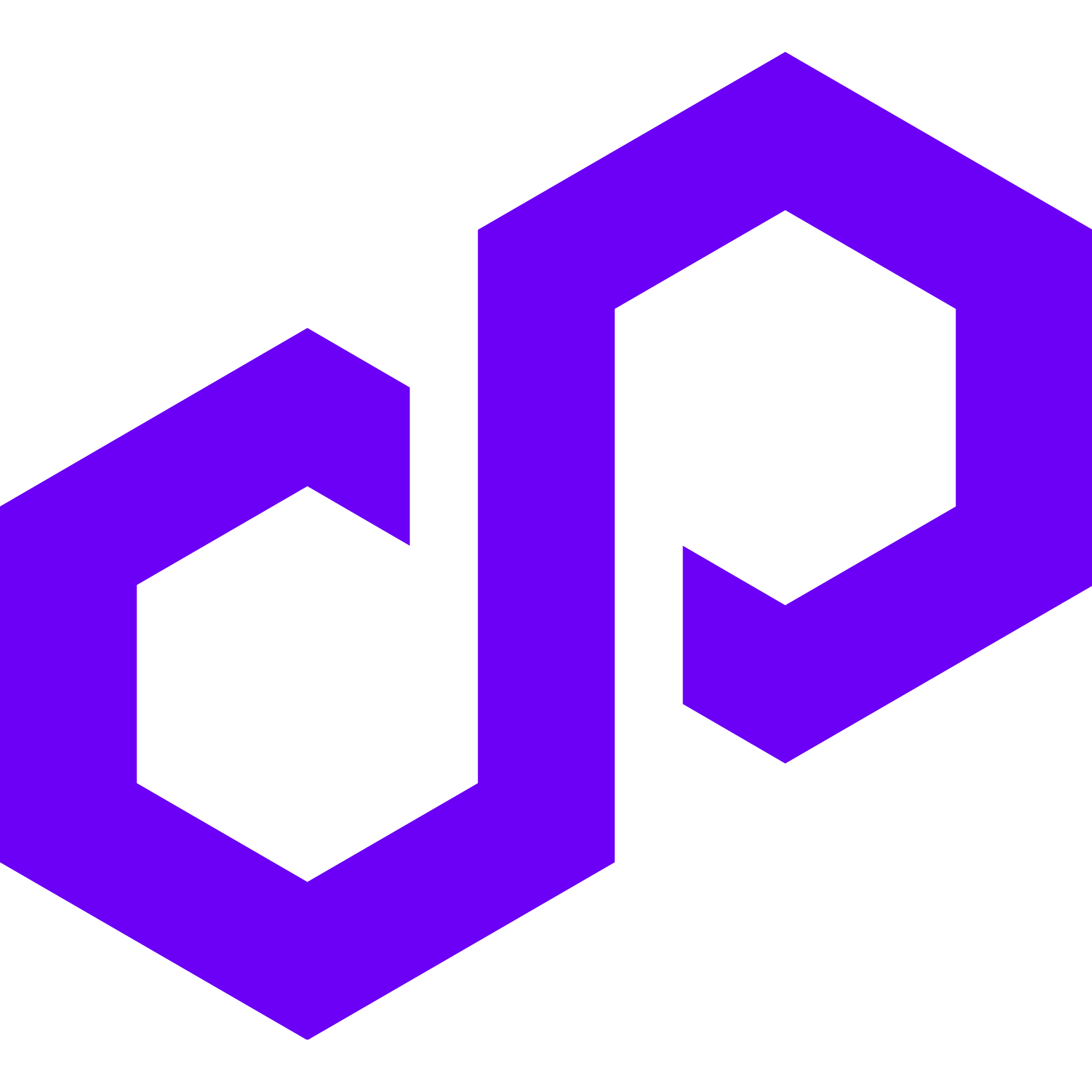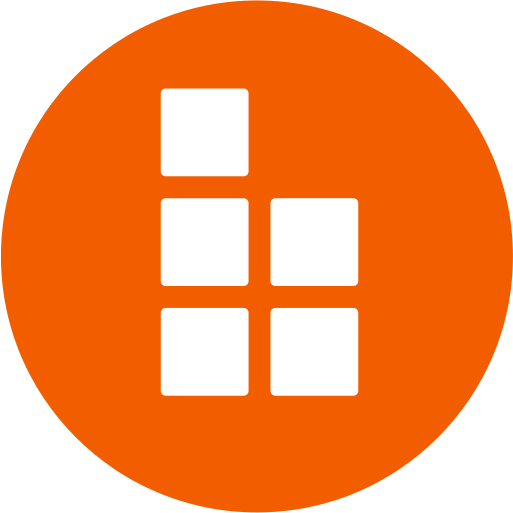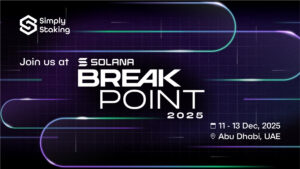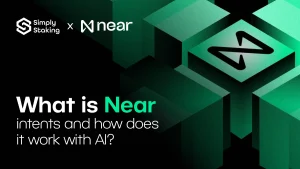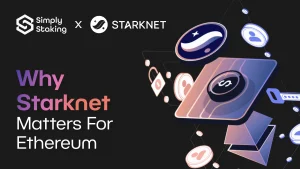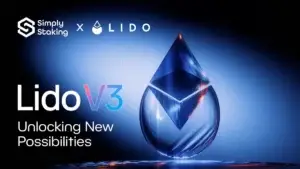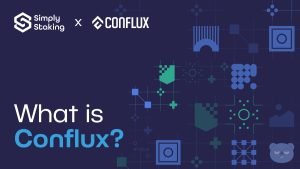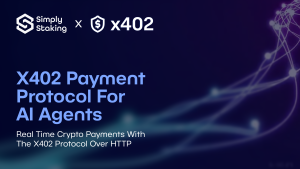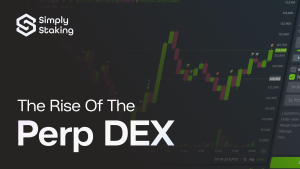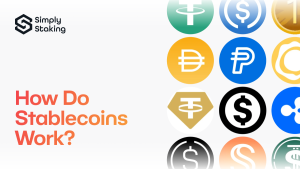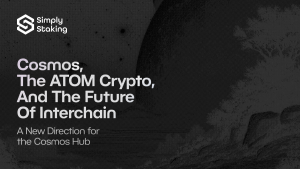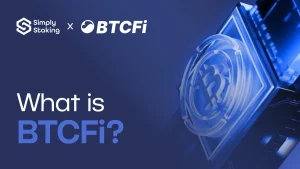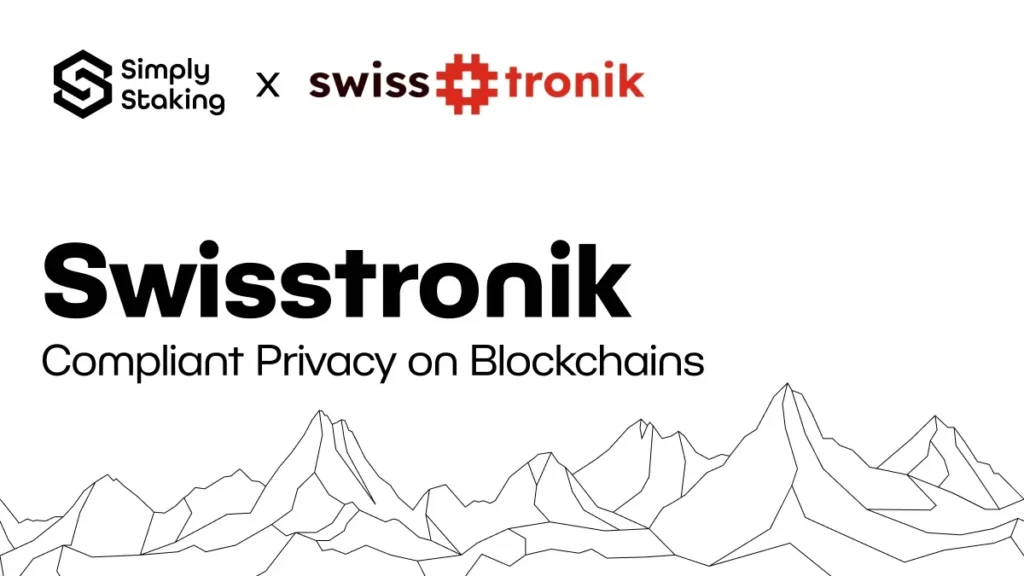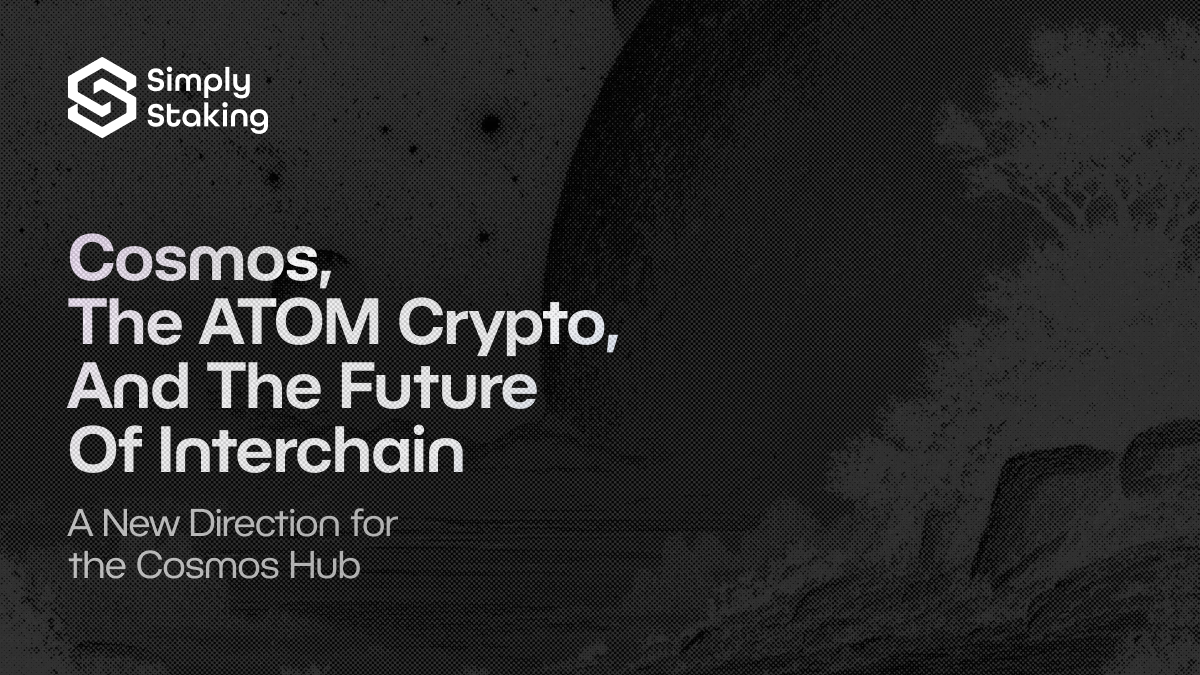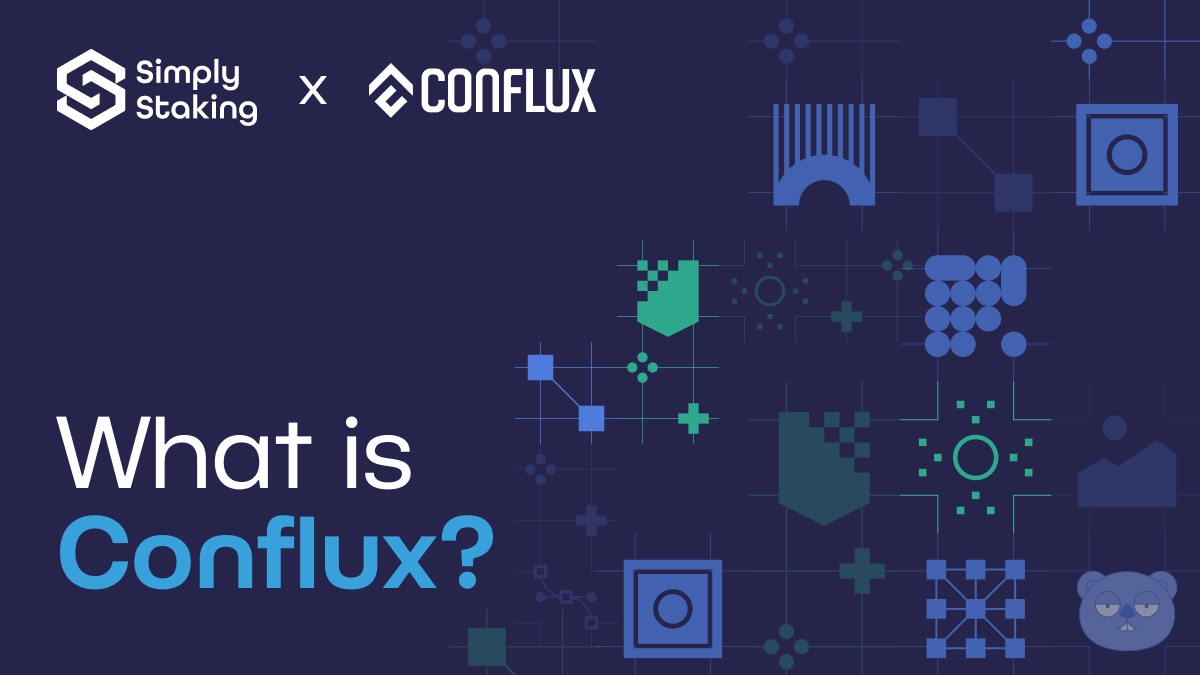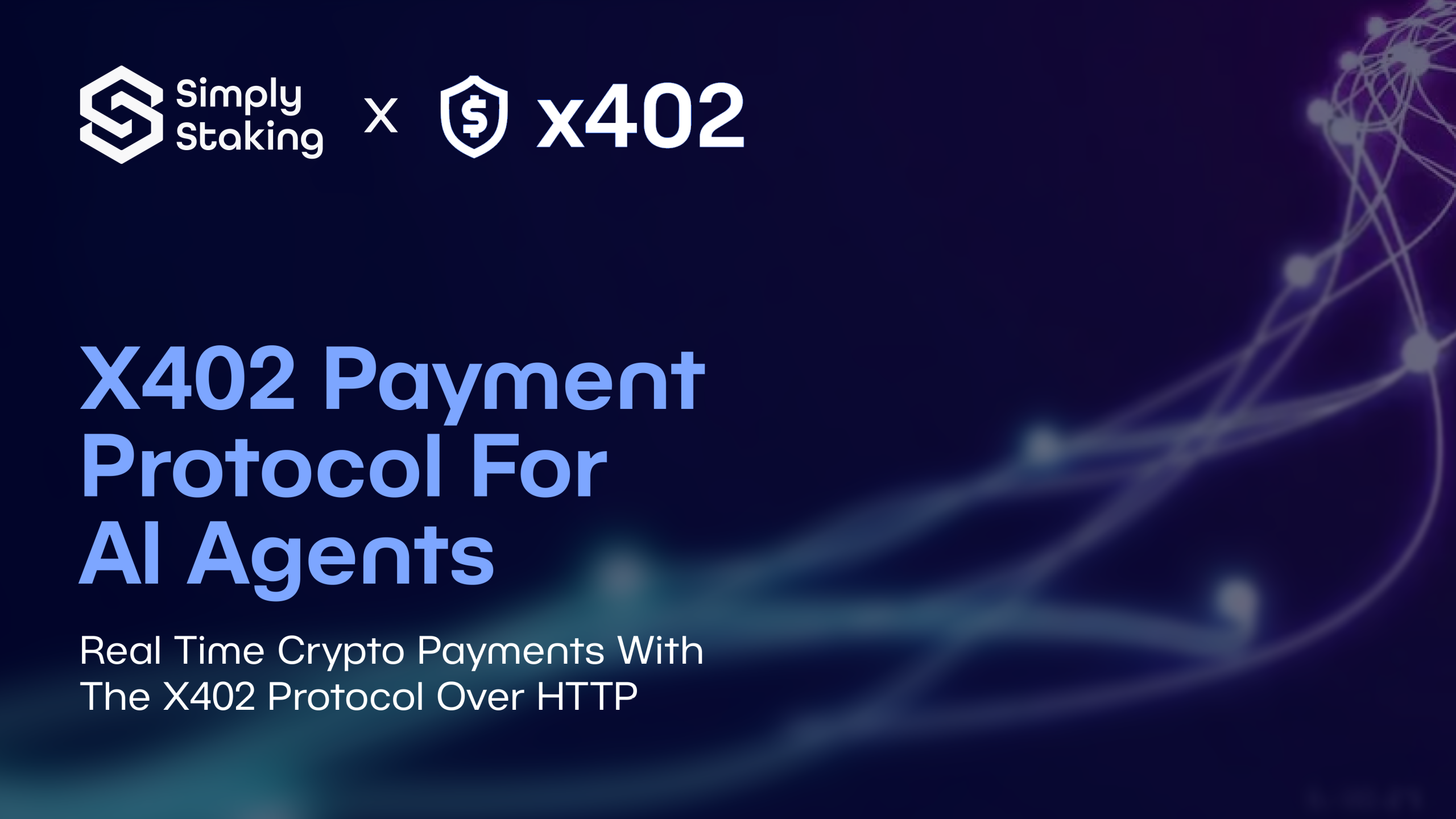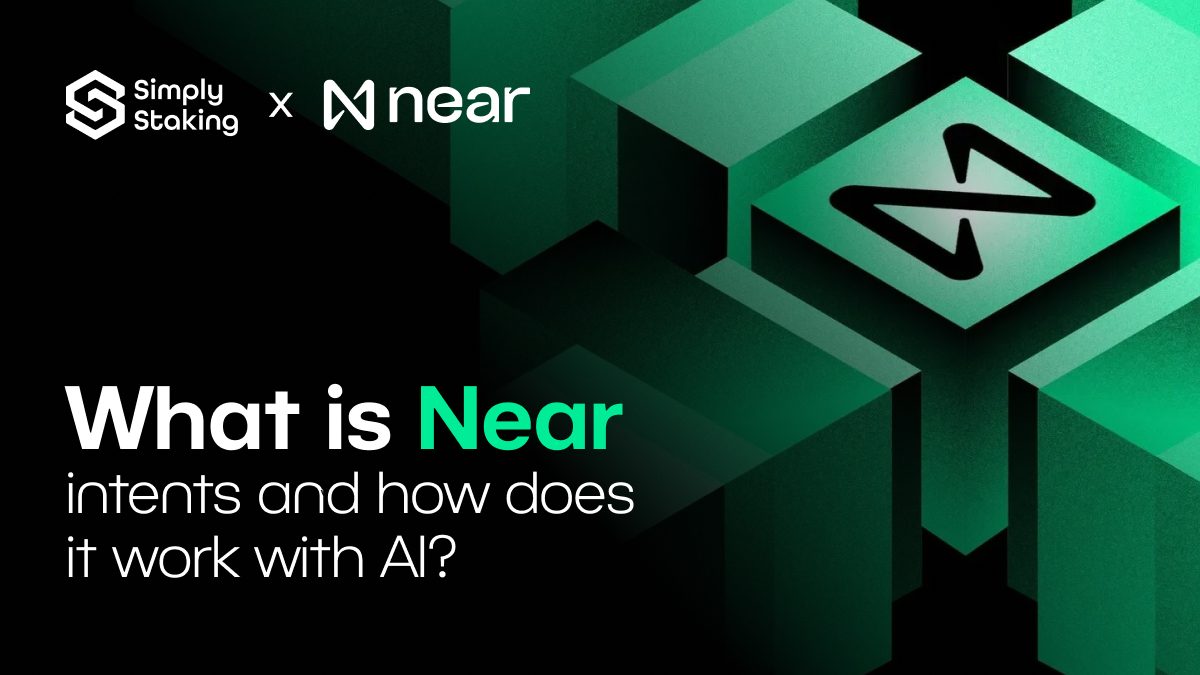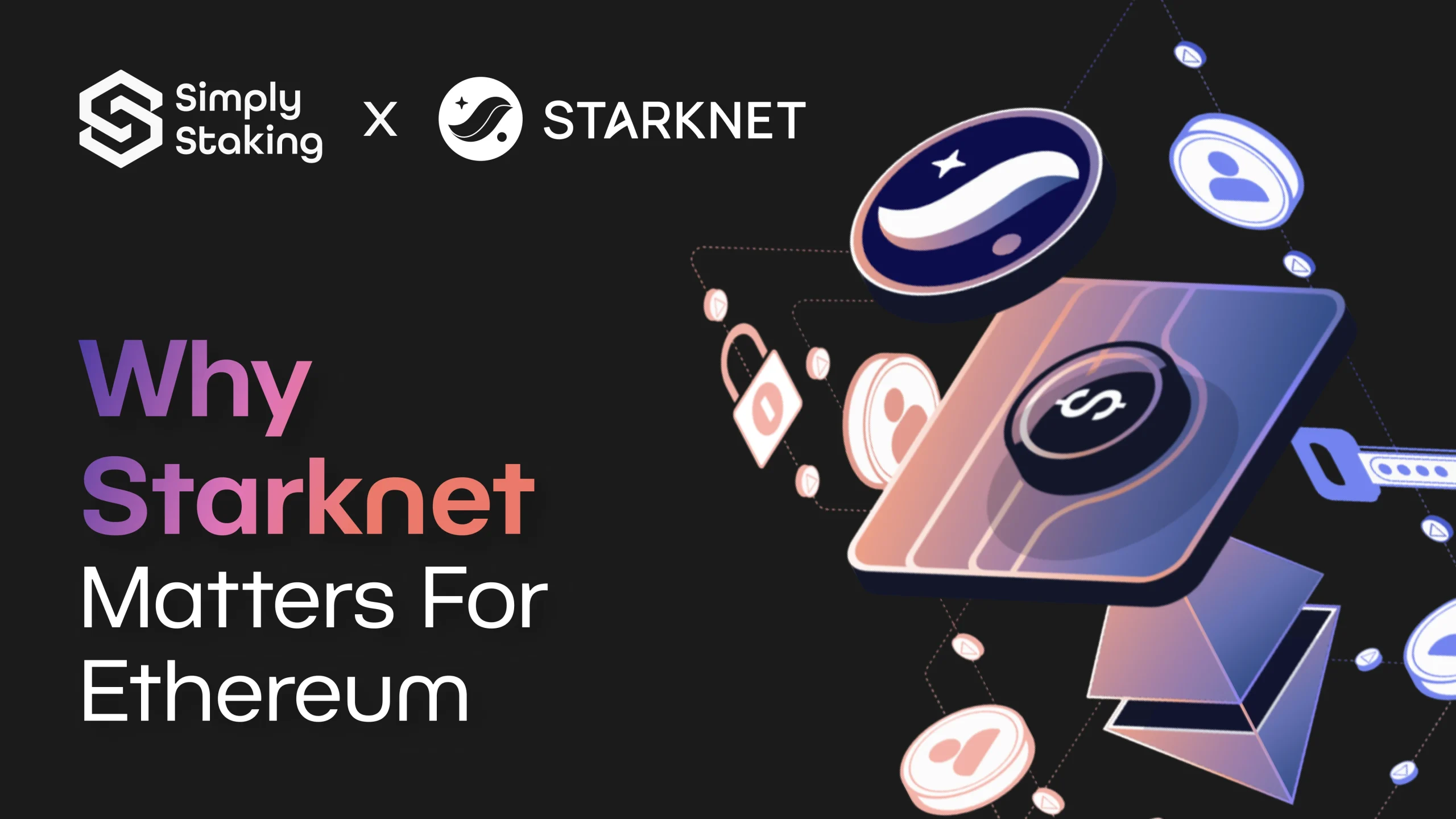Over the past decade, blockchain technology has experienced significant growth, evolving from the initial concept of Bitcoin to a vast ecosystem of applications across various networks. Despite its growth, the blockchain industry faces several challenges that limit its widespread adoption. Key issues include interoperability between different blockchain networks, data privacy concerns, and regulatory compliance.
Regulatory compliance is essential for integrating blockchain into everyday operations. Blockchain applications must adhere to existing legal frameworks, particularly data protection and Know Your Customer (KYC) regulations. Many current blockchain solutions struggle to meet these standards, especially in enterprise contexts, which limits their practical use.
Data privacy is another critical concern. The transparency of public blockchains, while beneficial in many ways, means that transactions are traceable; a feature that compromises user privacy as financial activities can be monitored. The need for confidentiality is a significant barrier for many potential users who require privacy in their transactions and data exchanges.
Interoperability is another major hurdle. Different blockchain networks often operate in isolation, making it difficult to exchange data and digital assets between them, which hinders their scalability and broader application.
Swisstronik aims to address these challenges with a comprehensive approach designed to ensure regulatory compliance suitable for both individual users and businesses, strengthen privacy to protect user data and transactions from unauthorised access and facilitate the exchange of data between different blockchain networks to ensure seamless integration. Swisstronik achieves this by using secure blockchain technology to create a protected environment for transactions and data processing to ensure confidentiality.
This article will explore Swisstronik’s solution in detail, examining how it addresses interoperability, privacy, and compliance challenges. Readers will learn about the functionality and benefits of Swisstronik, as well as the technological features that support its operations. The article will also discuss Swisstronik’s governance and tokenomics, and its potential applications across different sectors. By the end, readers should have a clear understanding of how Swisstronik aims to enhance the blockchain landscape and support its broader adoption.
What is Swisstronik?

As per Swisstronik’s website, “Swisstronik is an identity-based hybrid blockchain that lets Web 3.0 and traditional companies easily build compliant products thanks to on-chain KYC, AML & DPR solutions and blockchain privacy features.”
More specifically, Swisstronik is an Ethereum-compatible Layer 1 blockchain built with the Cosmos SDK that integrates the benefits of the Ethereum Virtual Machine (EVM); leveraging a combination of interoperability features, privacy protections, and regulatory compliance measures to offer a robust and versatile platform for scalable blockchain applications, from individual transactions to large-scale enterprise operations.
At a high level, Swisstronik enables the secure transfer of data across various blockchain networks in a regulatory-compliant way and with improved data privacy. Utilising state-of-the-art encryption and secure execution environments, Swisstronik ensures that all transactions and data exchanges remain confidential, which is particularly important for users who need to protect sensitive financial information and personal data from unauthorised access. By embedding these privacy measures at the core of its operations, Swisstronik provides a reliable solution for privacy-conscious users.
Moreover, Swisstronik is built with a strong focus on regulatory compliance and incorporates mechanisms to ensure adherence to legal frameworks such as KYC and data protection regulations. Its focus on compliance makes Swisstronik an attractive option for enterprises that need to operate within legal boundaries while still benefiting from the advantages of blockchain technology.
Altogether, Swisstronik aims to provide applications with a platform that maintains a balance between user privacy, regulatory compliance, and decentralisation, including transaction confidentiality and strong data protection.
How Does Swisstronik Ensure Privacy?
Swisstronik operates by embedding the EVM within so-called Intel SGX enclaves, which ensures that the execution of transactions and smart contracts remains confidential and inaccessible to full nodes and validators. Here’s a closer look at how it works:
Private EVM Execution
- Transaction Confidentiality: Transactions and calls are encrypted end-to-end within Intel SGX enclaves, accessible only to the transaction sender and the associated contract to ensure that transaction data remains confidential and cannot be accessed by unauthorised parties, including full nodes and validators.
- Data Encryption: The state variables of smart contracts are encrypted, limiting access to public methods and view functions only; meaning even full nodes and validators cannot access raw contract data, ensuring robust privacy protection.
- Restricted RPC Methods: Due to the execution of transactions within Intel SGX enclaves, certain Remote Procedure Call (RPC) methods like transaction block tracing are disabled to further enhance the security of the blockchain.
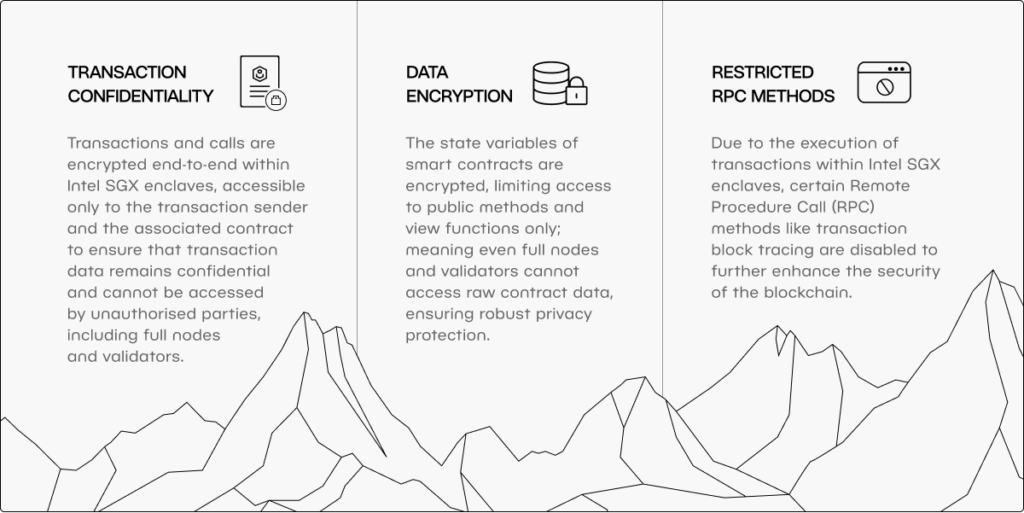
Benefits of Swisstronik
Swisstronik offers numerous advantages that address the key challenges in the blockchain industry:
Enhanced Privacy
Swisstronik’s use of Intel SGX ensures that transaction data and smart contracts remain private, protecting user information from unauthorized access. The enhanced privacy is key for users who wish to keep their financial activities confidential.
Regulatory Compliance
Swisstronik’s design supports compliance with data protection regulations, facilitating legal use cases in everyday operations and enterprise environments. Being compliance ensures that blockchain technology can be integrated into various sectors without violating legal requirements.
Interoperability
Built on the Cosmos SDK, Swisstronik supports seamless interoperability with other blockchain networks. Interoperability, in turn, promotes scalability and decentralisation, allowing users to interact with applications across different chains.
Developer-Friendly Environment
Swisstronik’s EVM compatibility allows developers to use familiar tools and frameworks while easily being able to migrate existing Ethereum-based dApps to the Swisstronik platform, reducing the time and effort required to develop new applications.
Secure and Efficient Transactions
Swisstronik provides high-speed, low-cost transactions for a smooth user experience and a broadened scope of possible applications; making Swisstronik a viable option for various use cases, from financial transactions to supply chain management.
Use Cases and Applications
Swisstronik’s unique features and capabilities make it suitable for a wide range of use cases, both within and outside the crypto space.
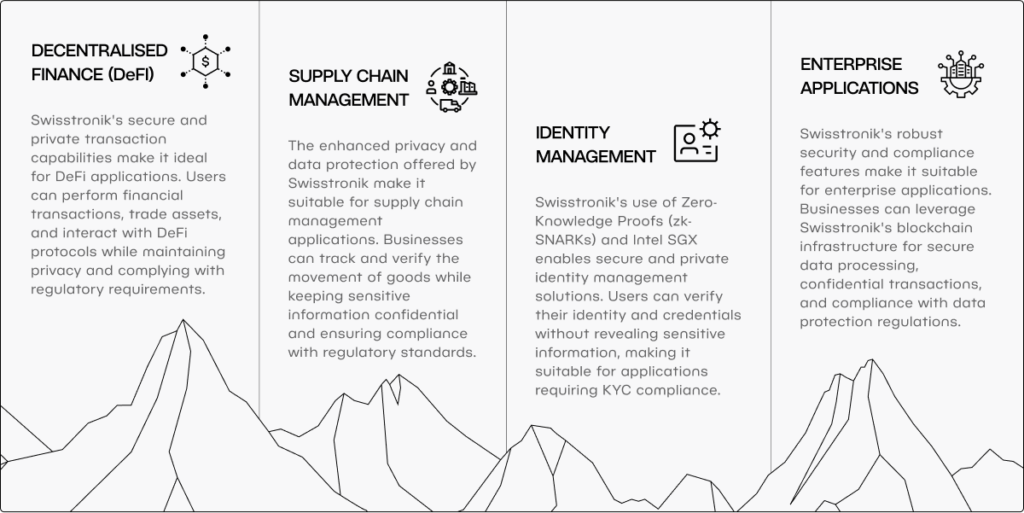
Tokenomics
Swisstronik’s tokenomics structure supports the security, governance, and functionality of the network. The native token, SWTR, serves multiple essential roles within the ecosystem:
Staking: SWTR tokens are used for staking, which is vital for the security and operation of Swisstronik’s PoS consensus mechanism. Token holders can lock up their SWTR tokens to become validators or delegate them to other validators. In return for securing the network, stakers earn rewards, incentivising participation and stability.
Governance: SWTR acts as a governance token, enabling token holders to participate in the network’s decision-making processes. Holders can submit and vote on proposals that influence the future of the platform, such as changes to protocol parameters, upgrades, and fund allocations.
Gas Fees: SWTR is used to pay for transaction fees and the execution of smart contracts within the Swisstronik ecosystem. By using SWTR as gas, the platform ensures that all operations are efficiently processed, maintaining the network’s speed and reliability.
Types of Assets in Swisstronik:
- Native Swisstronik Coin (SWTR): The primary currency of the Swisstronik network.
- Swisstronik-Typed Tokens (e.g., PERC-20): Custom tokens created within the Swisstronik ecosystem, which include signature verification in all functions.
- Ethereum-Typed Tokens (e.g., ERC-20): Standard Ethereum tokens that are compatible with the Swisstronik network, allowing for seamless integration and migration of Ethereum-based applications.
The design of Swisstronik’s tokenomics ensures that the network remains secure, efficient, and community-driven. By providing multiple incentives for participation, Swisstronik aims to foster a vibrant and engaged ecosystem where users and developers alike can contribute to its growth and success.
Governance
Swisstronik incorporates a structured governance system designed to ensure transparency, inclusivity, and community involvement. The governance mechanism allows token holders to participate actively in decision-making processes, influencing the direction and development of the Swisstronik platform. This section details Swisstronik’s governance model, including the types of proposals that can be made, the voting process, and the parameters that token holders can vote on.
Governance Mechanism
Swisstronik’s on-chain governance mechanism manages consensus parameters, community funds, and network upgrades. It empowers the community to have a direct say in the platform’s evolution. Here are the key components of Swisstronik’s governance system:
On-Chain Proposals: Token holders can submit proposals to suggest changes or improvements to the network. These proposals can cover a variety of topics, including but not limited to:
- Consensus Parameters: Changes to the consensus algorithm, block size limits, or transaction fee structures.
- Community Fund Allocation: Decisions on how to allocate funds from the community pool for development projects, marketing initiatives, or other community-beneficial activities.
- Network Upgrades: Proposals for protocol upgrades, implementation of new features, or integration of additional technologies.
- Policy Adjustments: Modifications to governance policies, staking requirements, or voting procedures.
Proposal Submission Process:
- Deposit Requirement: To submit a proposal, a minimum deposit of 10,000,000 SWTR tokens is required. This deposit can be contributed by the proposer or by multiple community members.
- Deposit Period: The deposit must be accumulated within a specified period, typically 2 days. If the required deposit is not met within this timeframe, the proposal does not proceed to the voting stage.
Voting Process: Once a proposal has met the deposit requirement, it enters the voting period. During this time, token holders can cast their votes. The key aspects of the voting process include:
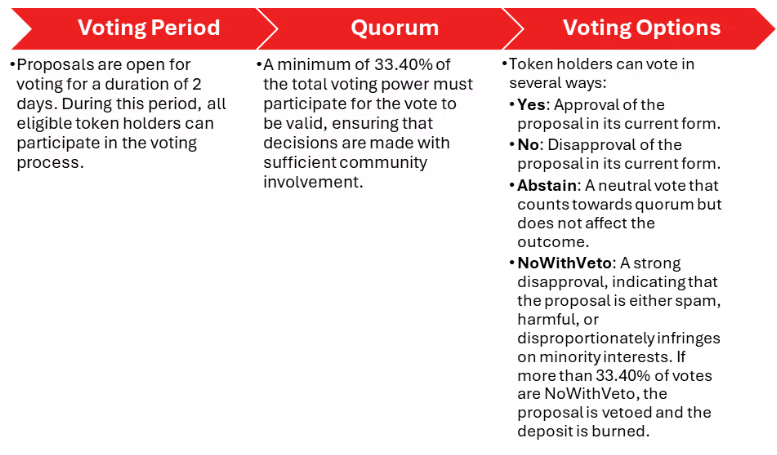
Proposals that receive a majority of ‘Yes’ votes and meet the quorum are executed on-chain, meaning they are automatically implemented by the network. All proposals, votes, and outcomes are publicly recorded on the blockchain, ensuring complete transparency and accountability.
Parameters Token Holders Can Vote On: Swisstronik allows token holders to vote on a wide range of parameters, ensuring that the community has control over crucial aspects of the network. These parameters include:
- Transaction Fees: Adjusting the fees required for transactions on the network.
- Block Size: Setting the maximum size of blocks to manage network congestion and performance.
- Staking Rewards: Determining the rewards for staking SWTR tokens, which incentivises network security.
- Validator Requirements: Establishing the criteria for becoming a network validator, including minimum stake and performance metrics.
- Governance Policies: Modifying the rules and procedures for governance, such as changing the quorum requirements or the proposal submission process.
By empowering the community to participate in these decisions, Swisstronik aims to build a platform that remains dynamic, responsive, and aligned with the interests of its users. The governance system promotes decentralisation and fosters a sense of ownership and responsibility among token holders, supporting the sustainable development of the Swisstronik ecosystem.
The Core Tech of Swisstronik
Swisstronik’s technological foundation is built on several advanced features that ensure security, privacy, and interoperability. Below, we provide an in-depth look at some of the main technologies powering Swisstronik:
Intel SGX
Intel Software Guard Extensions (SGX) technology creates secure enclaves within a computer’s memory. These enclaves isolate sensitive data and code from the rest of the system, providing a high level of security even if the broader system is compromised. In the context of Swisstronik, Intel SGX is used to:
- Secure Transactions: By executing transactions within these secure enclaves, Swisstronik ensures that transaction data remains confidential and protected from unauthorized access.
- Protect Smart Contracts: Smart contracts executed within SGX enclaves are safeguarded from tampering and data leakage, preserving the integrity and confidentiality of contract state and execution.
Cosmos SDK
Swisstronik is built on the Cosmos SDK, which is renowned for its modularity and scalability. Key advantages provided by the Cosmos SDK include:
- Interoperability: The Cosmos SDK supports the Inter-Blockchain Communication (IBC) protocol, enabling seamless interoperability with other IBC-compatible chains and, in turn, Swisstronik to facilitate cross-chain transactions and data exchanges efficiently.
- Efficient Transaction Processing: Cosmos SDK is designed for high performance, allowing Swisstronik to handle a large volume of transactions quickly and effectively for a smooth and responsive user experience, even under heavy network load.
- Customisability: The modular nature of the Cosmos SDK gives Swisstronik the ability to integrate various custom features and enhancements tailored to its specific requirements, such as enhanced privacy mechanisms and compliance tools.
Zero-Knowledge Proofs (zk-SNARKs)
Swisstronik incorporates Zero-Knowledge Succinct Non-Interactive Argument of Knowledge (zk-SNARKs) to bolster privacy and security, which are cryptographic proofs that allow one party to prove to another that a statement is true without revealing any additional information. In Swisstronik, zk-SNARKs are used to:
- Enhance Privacy: Users can verify the validity of transactions or other operations without disclosing the actual data involved to ensure that sensitive information remains private while still maintaining transparency and trust.
- Secure Verification: zk-SNARKs enable secure and efficient verification processes, reducing the computational load and improving the overall efficiency of the network.
Trusted Execution Environment (TEE)
A Trusted Execution Environment (TEE) is a secure area within a main processor. TEEs guarantee that code and data loaded inside are protected with respect to confidentiality and integrity. In Swisstronik, TEEs are employed to:
- Protect Data During Processing: Ensuring that nodes cannot view computations taking place within the TEE, Swisstronik maintains the confidentiality of data during transactions and smart contract execution.
- Maintain Integrity: By isolating the execution environment, TEEs prevent unauthorised access and modifications, ensuring that the computations are performed accurately and securely.

Conclusion
Swisstronik is an identity-based hybrid blockchain with a focus on privacy and regulatory compliance, allowing applications to build with KYC, AML and DPR capabilities on-chain—particularly important as a gateway for traditional companies who often require stricter compliance to onboard onto Web3. As a Cosmos SDK chain leveraging the IBC network, Swisstronik makes use of various additional tech features to strengthen its offerings, including Intel SGX for secure enclave execution, zk-SNARKs for enhanced privacy, and Trusted Execution Environments (TEEs) to ensure data confidentiality during processing. The benefits of Swisstronik and its advanced tech stack include improved privacy, strong security, regulatory compliance, and effective interoperability. These features make it applicable to a wide range of use cases, including DeFi, supply chain management, identity management, and enterprise applications. By creating a secure and efficient environment for digital transactions and data exchanges, Swisstronik offers a solution that caters to both individual users and enterprises with high standards of data protection. Focusing on the critical needs of privacy and compliance makes Swisstronik a forward-thinking solution seeking to address some of the most pressing issues in the space for wider adoption.
Simply Stake and Secure your assets with the Ledger wallet!
Disclaimer: This article contains affiliate links. If you click on these links and make a purchase, we may receive a small commission at no additional cost to you. These commissions help support our work and allow us to continue providing valuable content. Thank you for your support!
This article is provided for informational purposes only and is not intended as investment advice. Investing in cryptocurrencies carries significant risks and is highly speculative. The opinions and analyses presented do not reflect the official stance of any company or entity. We strongly advise consulting with a qualified financial professional before making any investment decisions. The author and publisher assume no liability for any actions taken based on the content of this article. Always conduct your own due diligence before investing.
